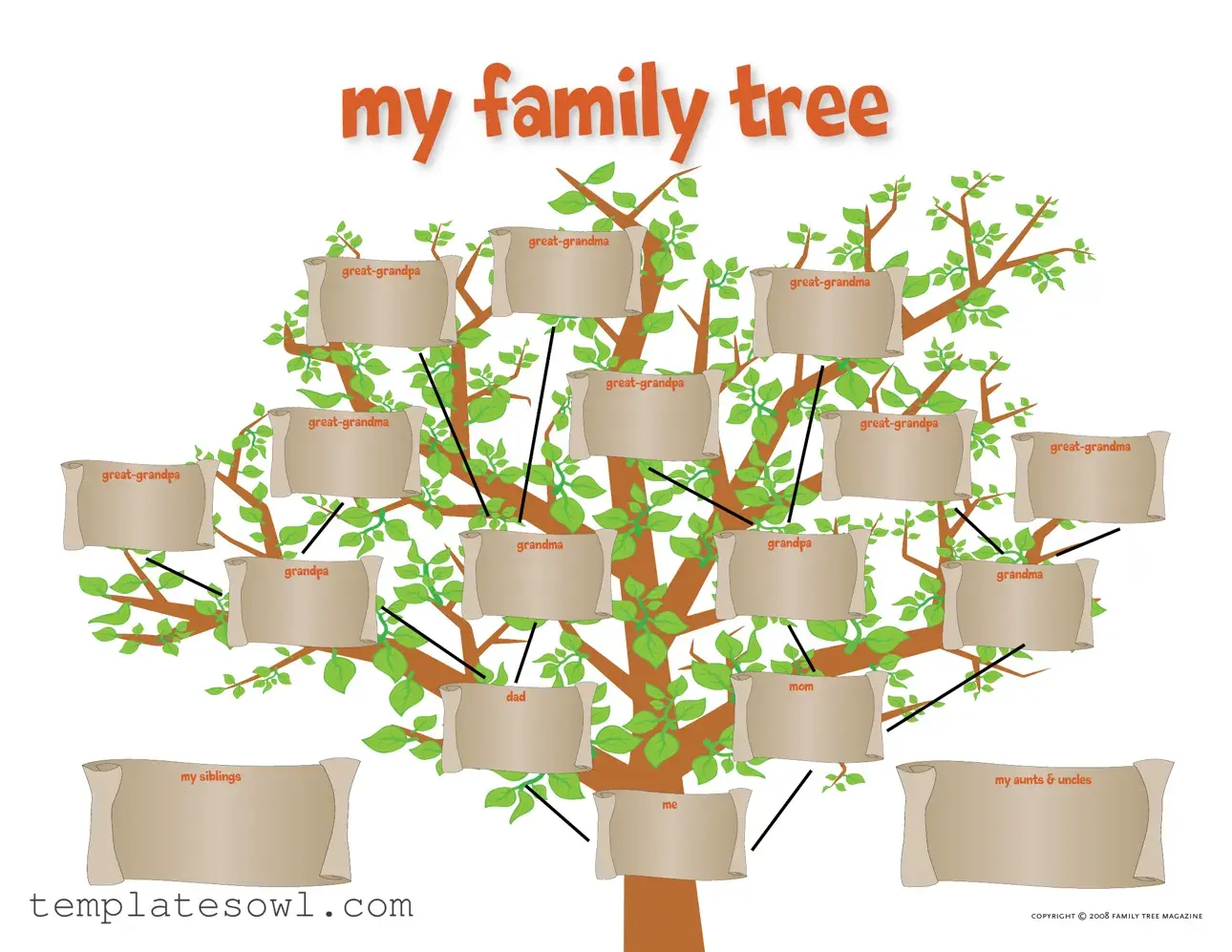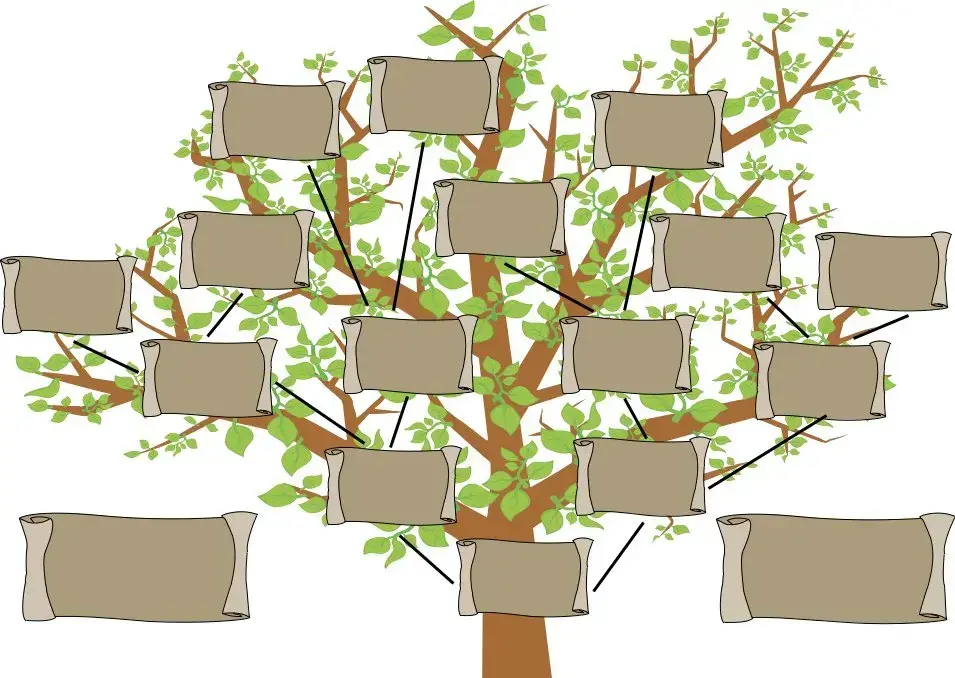What is the Kids Family Tree form?
The Kids Family Tree form is a fun, interactive tool designed to help children learn about their family history. It allows kids to visually map out their family members, from great-grandparents to siblings, fostering a sense of identity and connection to their heritage.
What age group is this form intended for?
This form is suitable for children of all ages, particularly those between 6 to 12 years old. Younger children may need assistance when filling it out, while older kids can enjoy the process of documenting their family tree independently.
How do I use the Kids Family Tree form?
Using the form is simple. Begin by writing your name in the designated space, then fill in your immediate family members, including parents and siblings. Gradually extend the tree by adding grandparents and other relatives, like aunts and uncles, tracing as far back as you wish.
Can this form be used for family history projects?
Absolutely! The Kids Family Tree form is an excellent resource for school projects or home assignments related to family history. It provides a clear and visual representation of one’s lineage, making it easier for kids to present their findings.
Is there any cost associated with the Kids Family Tree form?
No, the Kids Family Tree form is a free resource provided by Family Tree Magazine. You can access it easily online without any hidden fees or requirements.
Are there any tips for completing the form?
To enhance the experience, encourage children to talk with family members while filling out the form. This can lead to interesting stories and insights about their relatives. Additionally, using different colors or stickers can make the form more engaging.
Is there support available if I have questions while using the form?
While the form is designed to be user-friendly, Family Tree Magazine often provides additional resources online. There, you can find tips, ideas for family activities, and even forums for connecting with other users who may have similar questions.
Can the Kids Family Tree form be personalized?
Yes, the form can certainly be personalized! Kids can add photos of their family members, decorate the tree with drawings, or even include fun facts about each relative. Personal touches make the family tree even more special and meaningful.
What if my family has a complicated structure?
No family tree is too complex! The form can accommodate various family structures, including blended families and those with step-relations. Encourage children to reflect on all significant individuals in their lives, as every family is unique.
Where can I access the Kids Family Tree form?
You can easily find the Kids Family Tree form by visiting the Family Tree Magazine website. It is readily available for download or can be completed online, providing convenience and accessibility.













